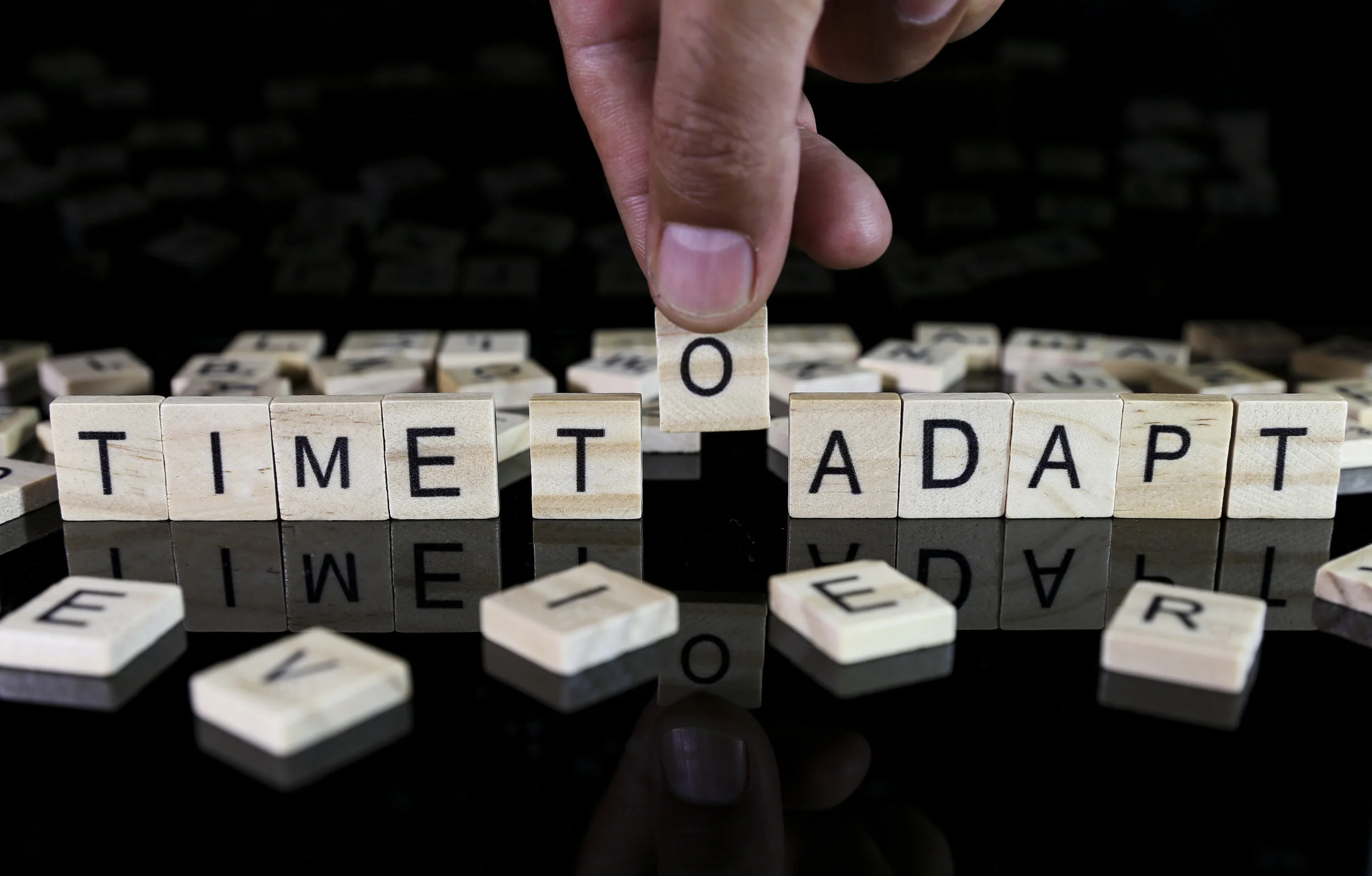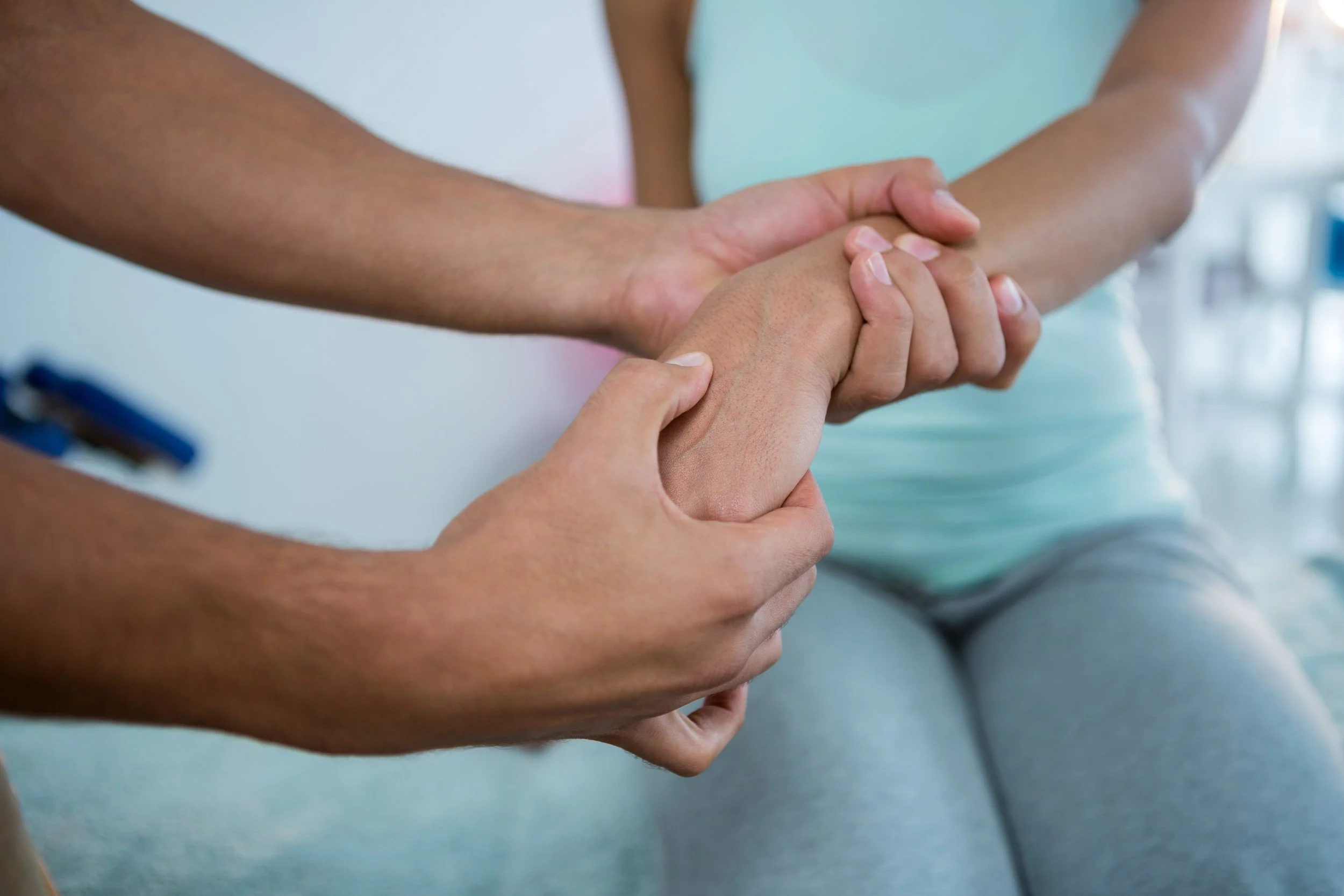Balanced Health Care: Float Therapy & Massage
/Float therapy is a form of non-touch therapy for relieving stress and it's symptoms in the mind and body. It's for people of all ages and a range of issues and purposes. A float tank is a large, covered bath-tub-like container filled with a water solution heated to skin temperature and is well saturated with approx. 800lbs of Epsom salts, hence why it feels silky and warm when you lie in it. You will simply step in, lay down and relax.
We recommend you try 3 floats within 10 - 14 days to understand how it feels and how it works. By consistently relaxing you help calm the mind and body, which in turn restores the body's own healing systems, allowing stress hormone levels to drop, enabling better repair of injuries, normalizes metabolism, improves circulation and cellular transport and absorption of nutrients, and reduces soft tissue and joint pain, all from relaxing.
With your first float you will familiarize yourself with the environment, salt water and buoyancy. You will also experience deep relaxation and probably sleep quite well that night.
The second float is when you will experience an even deeper sense of relaxation where you enjoy peace and quiet, and perhaps notice your aches and pains diminish or disappear completely.
During your third float and having learned previously from the environment and float you will feel significant benefits of deep relaxation and can release yourself in to a calm state easily and sooner than before.
Some known benefits of regular floating:
- reduces anxiety, blood pressure (anxiety related), and inflammation (cortisol levels drop)
- excellent strategy for pain management and treatment of arthritic pain, joint pain, neck & back pain, Lactic acidosis, Sciatic pain, tension/migraines/headaches, PMS and whiplash.
- helps resolve PTSD, insomnia, Chronic Fatigue Syndrome, MS (Multiple Sclerosis).
- improves circulation, tissue repair and mobility.
- prepares to the body for and relaxes it after physical activity or strain, like cycling, running, hiking, golfing, gardening, etc.
- helps to improve coping skills by physiologically clearing the body of stress symptoms.
- increases resistance to stress.
If you have been on your feet all day, Float Therapy reverses gravity's effects on your body.
The buoyancy produced by the salt water solution helps relieve, release and expand joints to their normal spacing and position. The heated temperature of the water soothes soreness and helps expand blood vessels, improving circulation all over the body.
Enjoying one hour of Float Therapy is equivalent to a restful 3-4 hour sleep. Floating helps restore normal sleeping patterns.
The pressure from pregnancy is resolved and released during a float and is perfect for women in their 3rd Trimester for relieving heavy back and hip pain and reducing inflammation.
Float Therapy along with Massage Therapy offers a balance for resolving patterns of pain, relaxing tensions away, restoring health and improving coping skills in mind and body. Combining the two therapies is complete health care.
Sports Massage and Float Therapy - Rest / Recovery, Pre / Post Training
Wear and tear and the inability to heal (well or quickly) is frustrating and creeps up if neglected. It holds you back and can cause debilitating problems for the future. These are quickly resolved with combining massage and floating.
Float Therapy helps accelerate restoration of tissue and recovery between training sessions, helping you build muscle and repair injuries.
Relaxed athletes have better performance and mental stamina to keep up with the demands.
With regular floating, Float Therapy helps athletes overcome exhaustion, fatigue, poor sleep, fogginess, anxiety, depression and weak immune systems.
Rehabilitative Massage and Float Therapy - Restore strength and balance.
Chronic pain, old injuries, poor posture, accidents, lifestyle (changes), mental stress, anxiety, depression, PTSD all play a roll on how our body feels, endures stress and moves in it's environment.
Massage reduces tensions locked in muscles and helps realign joints and fascia to improve nerve communication, mobility, strength, and in turn increases flexibility, range of motion and balance.
By regularly floating you will restore your sense of well being, reduce pain and nurture your body to repair itself between massage appointments. Float Therapy will reduce stress hormone levels
If you find yourself struggling with aches and pains that are a result of old physical/mental traumas, misalignment, injury or mental stress, by giving your body the opportunity to regularly relax will restore it's ability to heal itself better and improve your coping skills.
Floatation Tanks and Hygiene
Water is circulated by filtration pump through a 20 micron filter between each Float Therapy appointment and further sanitized with ozone, UV light, a safe, non-toxic pool-grade oxidizing solution, Peroxysan, and enzymes. Water quality checks are performed regularly.











![Self-regulation “control [of oneself] by oneself"](https://images.squarespace-cdn.com/content/v1/55563e14e4b01769086817cb/1542845645966-PO2HGKF5JLUBM45UIWQ3/wee-lee-790761-unsplash.jpg)





















